.....Read More

Automotive Blade Fuses

Automotive Cartridge Fuses

Automotive Glass Fuses

British & IEC Fuses
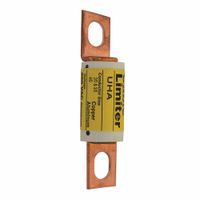
Cable Limiters

Capacitor Fuses
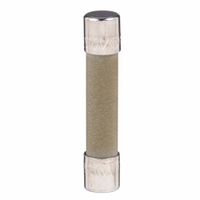
Ceramic Fuses

E-Rated Medium-Voltage Fuses

Forklift Limiter Fuses

Glass Fuses
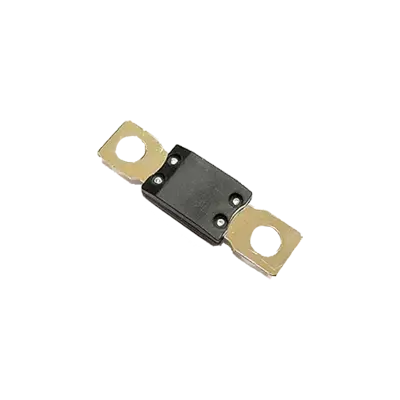
High-Current Automotive Bolt-On Fuses
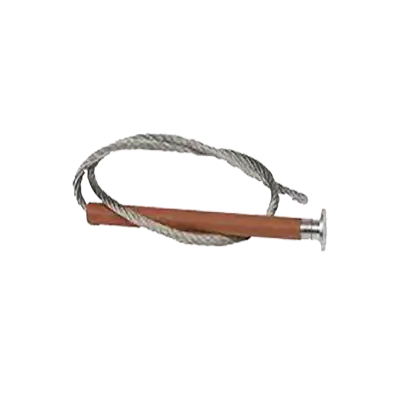
Medium-Voltage Fuse Cutout Links

Midget Fuses
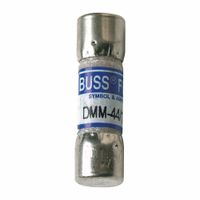
Multimeter Fuses
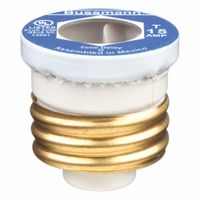
Plug Fuses

PT Medium-Voltage Fuses

R-Rated Medium-Voltage Fuses
Semiconductor Fuses

Solar Fuses
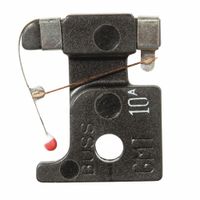
Telecom Fuses

UL Class Fuses
Frequently Asked Questions
What is the purpose of a fuse in an electrical circuit?
How do I choose the right fuse for my electrical circuit?
What are the different types of fuses available?
How can I tell if a fuse is blown?
What is the difference between a fuse and a circuit breaker?
How do I safely replace a blown fuse?
What are the common causes of a fuse blowing?